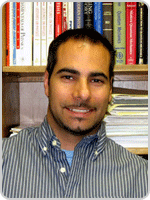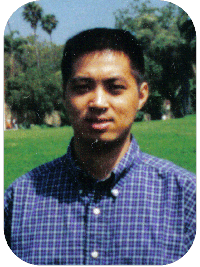Michael Fisher Listed Among Aneki Rankings + Records' Top Living Physicists
- Details
- Category: Department News
- Published: Wednesday, July 17 2013 14:12
| Johnpierre Paglione was one of 65 scientists from across the nation selected to receive a prestigious U.S. Department of Energy Early Career Award for "Non‐Centrosymmetric Topological Superconductivity." The award supports the development of individual research programs of outstanding scientists early in their careers and stimulates research careers in the disciplines supported by the DOE Office of Science. Professor Paglione is a condensed matter experimentalist and a member of the Center for Nanophysics and Advanced Materials (CNAM). His research interests include cuprate and iron-based superconductivity and magnetism, quantum criticality and strongly correlated electron phenomena, and the new field of topological insulator research. For more information, vist: http://science.energy.gov/early-career/ |
|
Dan Lathrop was featured in an episode of the Weather Channel series, Secrets of the Earth. The magnetic shield episode aired on June 27th at 8:30p.m.
| Associate Professor Min Ouyang has received one of the five Scialog Awards sponsored by the Research Corporation for Science Advancement The Scialog (short for science dialog) awards support innovative research in the area of solar energy conversion. Ouyang is attempting to understand certain aspects of an unusual phenomenon, generally known as plasmonics, as they occur in exceptionally tiny objects called nanostructures. His proposal was titled, "Probing Fundamental Light-Matter Interactions in Colloidal Hybrid Quantum Structures for Novel Plasmon-Enhanced Solar Energy Conversion." |
|

